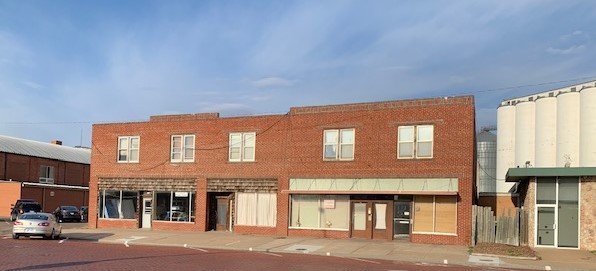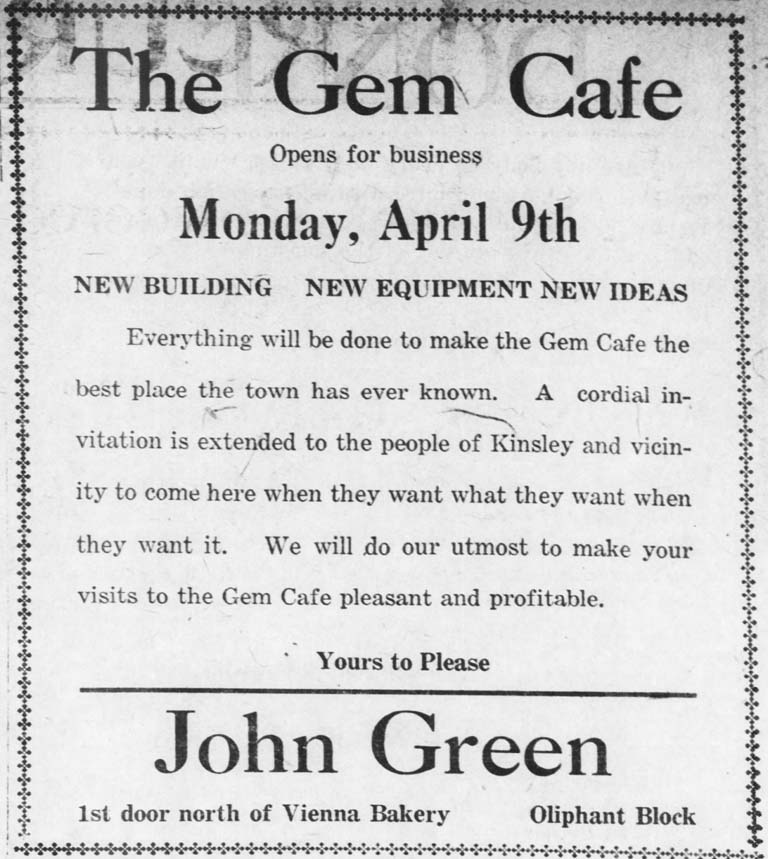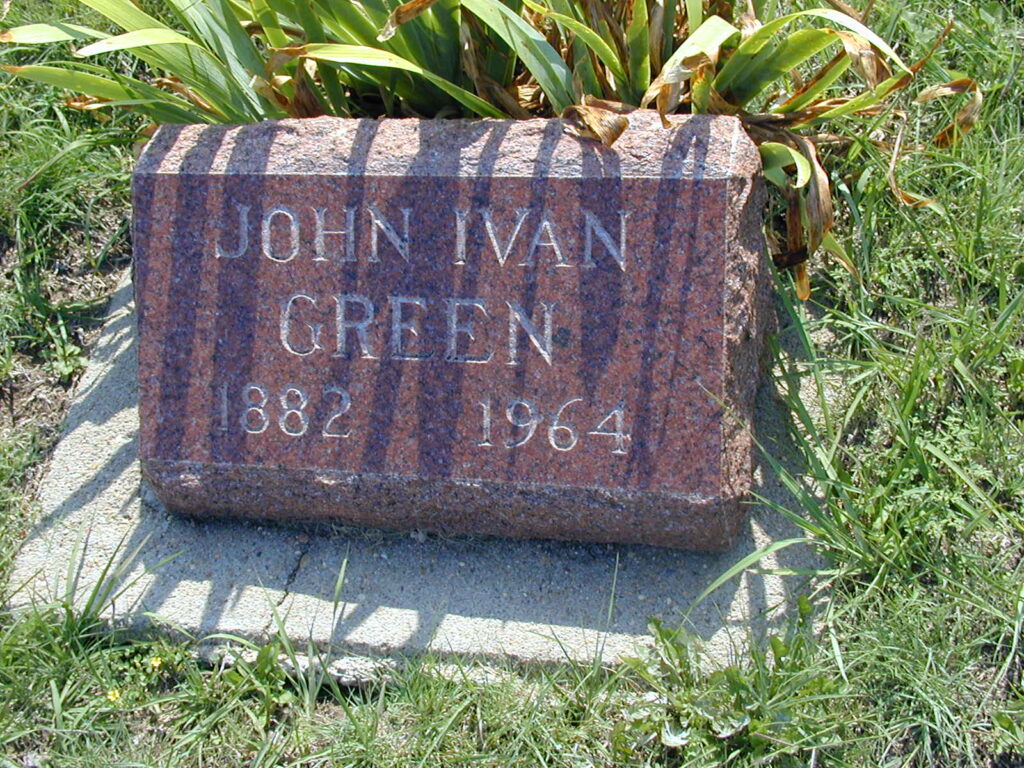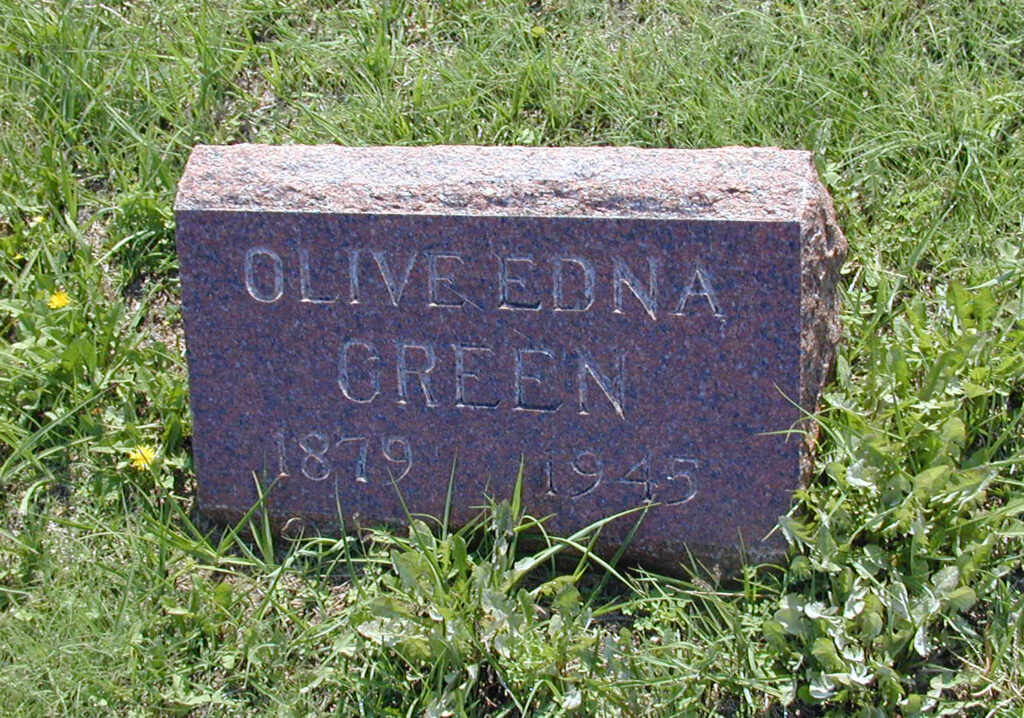Reader’s expressed a lot of interest in last week’s article about the Vienna Bakery on Colony Avenue. One reader asked if I knew how long it stayed in business. I had not researched that as www.newspapers.com for Edwards County only goes through 1923.
However, in 2008, even before www.newspapers.com existed, Sally Bidleman, Beverly Craft, Virginia Gleason, Bette Ryan and Nancy Weidenheimer volunteered to read the Kinsley newspapers which we borrowed from the Edwards County Museum. As they read, they created indexes for births, deaths, marriages, newsworthy events and businesses. They indexed 31 years getting into the 1940s.
In that online index, the last entry for the Vienna Bakery was in the Graphic, March 31, 1932. I brought it up on the microfilm reader, and Voila, Mr. and Mrs. M. D. Gault’s Vienna Bakery had closed its doors the week before.
Having the newspapers indexed is about the only way we have time to do research. If anyone out there would like to volunteer to add to the years we have, it would be greatly appreciated and used. Those original volunteers really enjoyed immersing themselves into a year in Kinsley

In 1923 when the 600 S. Colony block’s brick buildings were constructed by the Oliphants, there was the creamery on the south end, the Vienna Bakery next, and then the Gem Café owned by John Ivan Green (1882-1996).
Mr. Green as he is a good example of how convoluted research can be. He came to Kinsley in 1900 and was a soda jerk for W. C. Keener at 108 Sixth St. Around 1904, John met Olive Edna Niles (1879-1945), when she was visiting from her home in Washington, D.C. She was the daughter of Frederick A. Niles who retired to Kinsley at this time. She had graduated from Spencer College and did secretarial work including stenography during her life.
They were married in Larned on May 18, 1905. The editor of the Larned Tiller and Toiler had some fun with their marriage announcement. He wrote, “In the absence of any other reason for the marriage, we may presume that the bride’s favorite color is olive green, or that the groom has a taste for green olives.”
John had worked in three restaurants in Hutchinson. In 1907, he went into partnership in Kinsley with Rex Woods selling men’s clothing (116 E. Sixth St.). In 1909, he bought the Bon-Ton Café (117 E. Sixth St.).
In November, 1910 Olive was granted a divorce and received alimony and went back to her maiden name of Niles. She continued to live and work in Kinsley.
For the next five years John would try many enterprises: another restaurant on Main St. a restaurant in Stafford which burned on June, 1911 so he returned to Kinsley to run a short-order café. In 1912, he had the Mission Café in the same location the Bon –Ton had been. He sold it in July 1913 and bought a chili restaurant from A. J. King.
At that point, I started reading again about “Mrs. Green” in the papers. I was surprised to find out that the new Mrs. Green was the old one, Olive. They had remarried on Feb. 26, 1915.
In 1916, John bought a homestead in Caddon, Colorado. For several years John would go back and forth to the cattle ranch, while Olive would stay mostly in Kinsley.
In March, 1921 John opened a restaurant in Pratt. Finally, he settled down in Kinsley and opened the Gem Café at 622 S. Colony on April 9, 2023 which he ran until October, 1945.

The Mercury described the new café as having fine oak floors and kellastone finished walls. Kellastone was an “imperishable stucco”. I wondered if it was still there and Brad Venters at Farmers Bank & Trust graciously took me into the building. We found a wall in the back not covered with paneling and under layers of peeling paint, where the kellastone could still be seen.

The Gem Café had the most up-to-date restaurant equipment which offered “the tired and hungry patrons a homey place wherein they may refresh themselves.”
A lunch counter was along the south side and faced a “finely finished cabinet containing the many delicacies available….” On the north and west side were eight tables for four.
The opening weekend the Gem offered “turkey with all the trimmings and fried chicken dinners” at the cost of 50₵. They were so popular that John was had to install more tables and get more help by the next Sunday.
On June 7, 1923 the Mercury reported that a Mr. J. C. Cormoely, the hotel inspector, came and “informed John that he did not give a 100% report on any restaurant, but that if he did, there were only three on his territory that he could give 100% for cleanliness. One was in Oklahoma City, one at Hutchinson and the third was the Gem Café.”
In June, 1923 John had a confrontation “…when a big, husky bum approached him for a free meal….” John refused and told him there was “plenty of work obtainable to those who cared to indulge.” The bum replied that it didn’t pay well enough, and John gave him a “good dressing down” chastising him for preferring to beg rather than work.
John ran the Gem Café until November 1, 1945 when he sold it to Harry Plush, and it became the Whiteway Café No. 2. We need indexing newspaper volunteers to keep going with the buildings history.
Olive Green died on Nov. 23, 1945. John lived until June 29, 1964. The Greens are buried beside each other in Hillside Cemetery.


